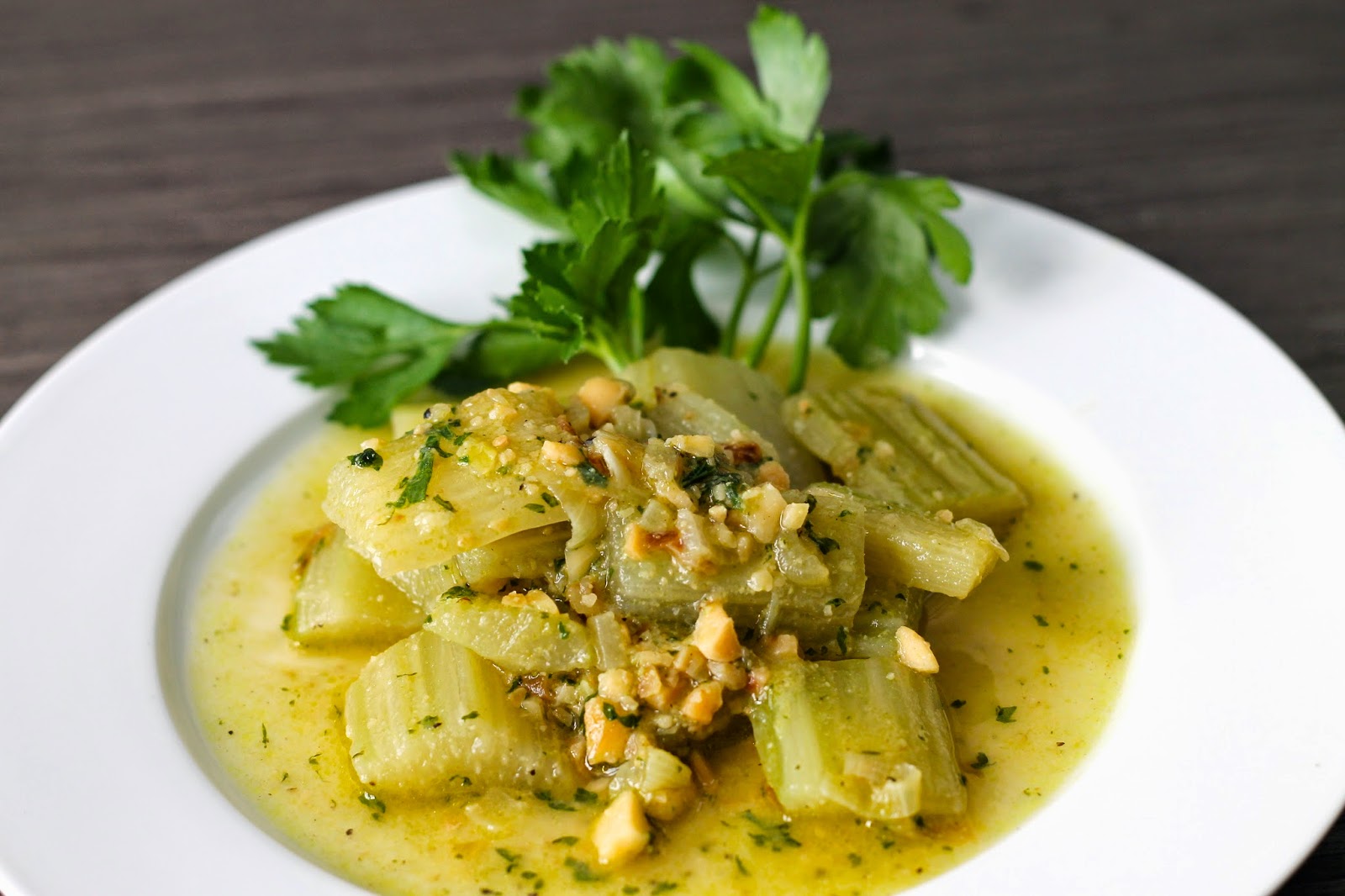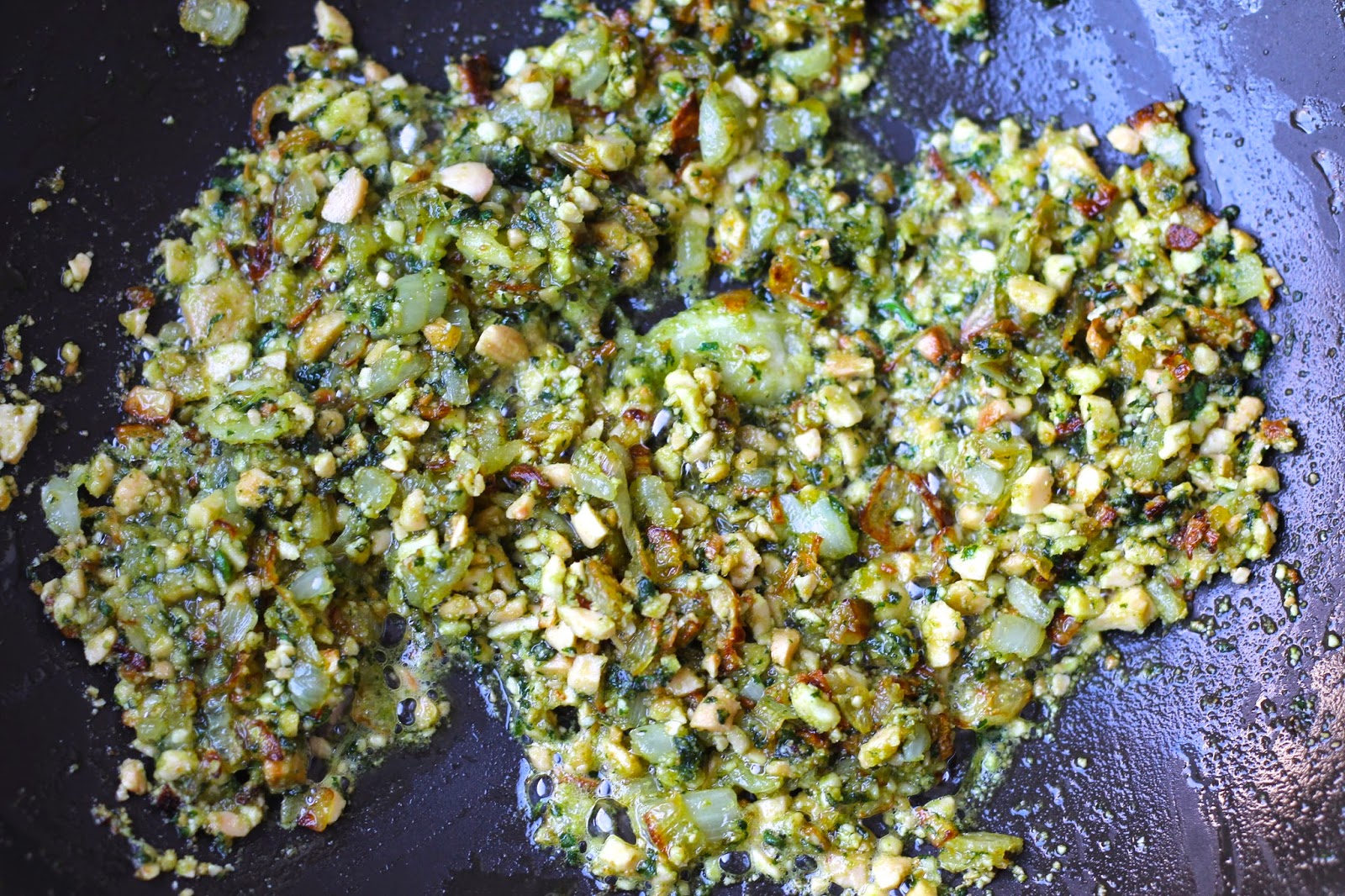The cardoon is a thistle-like plant in the same family as the artichoke. It is a flowering plant characterized by leaves with sharp prickles all over. Cardoon is native to the Mediterranean countries where it has been cultivated since ancient times. It is considered by some an invasive weed and by others a culinary delight!
Cardoons are only edible when cooked. I like to boil them for 20 minutes before pairing them with the right sauce.
In Spain and Portugal the flower buds are used in cheese making: the pistils are used as a vegetable rennet in the making of some cheeses like the Torta del Casar.
Because of their seasonality, usually harvested from November to February, cardoons are a staple of the Christmas dinner in Spain and Italy.
It is not easy to find cardoon nowadays, that is why every time I see cardoons in the store I buy them. If you love vegetables it is really worth it to try. Its unique flavor and texture pairs really well with shrimp and clams. Today I am making the vegetarian version with Marcona almonds, the gourmet almond from Spain.
CARDOON IN MARCONA ALMOND SAUCE
Serves 4
2 medium cardoon bunches
2 tablespoons extra virgin olive oil
1/3 cup marcona almonds
1/2 cup parsley
1 shallot (minced)
2 garlic cloves (skin-on)
1 teaspoon all-purpose flour
Peel and cut the cardoons: Using disposable gloves, trim off any leaves or thorns and peel the stalks with a vegetable peeler to remove fibers. Because cardoons will discolor when cut, place cut pieces in cold water with a splash of lemon juice to keep them from turning brown. Cut the cardoons in half lengthwise and then cut them in 2-inch pieces crosswise.
Boil the cardoon: Fill a large pan with water and bring to a boil. Add salt and cardoon. Boil over medium heat until tender (about 20 minutes). Reserve 1 cup of cooking water. Drain, do not rinse and reserve.
Prepare the sauce: Heat a deep sauté pan over medium heat, add 2 tablespoons of olive oil, garlic cloves and shallots. Cook for 2 minutes.
In a mortar and pestle add garlic cloves (peeled), almonds and parsley. Crush and grind into a fine paste. Transfer almond paste to sauté pan and cook over medium-low heat stirring often for 3-4 minutes. Add flour and cook 1 more minute. Add 3/4 cup of reserved cooking water and cook for 2 more minutes. Season with salt and pepper.
Assemble: Add cooked cardoon to almond sauce and cook for 1-2 minutes.
Enjoy!





















































